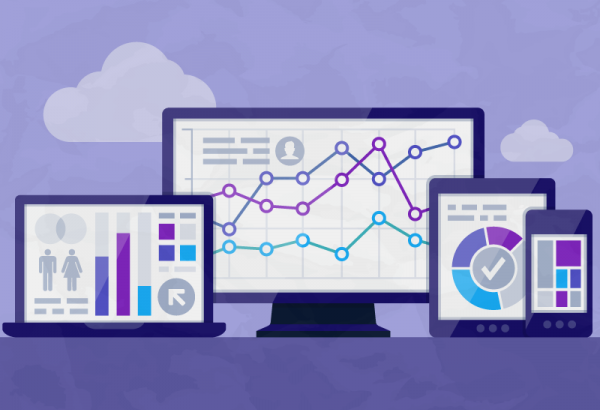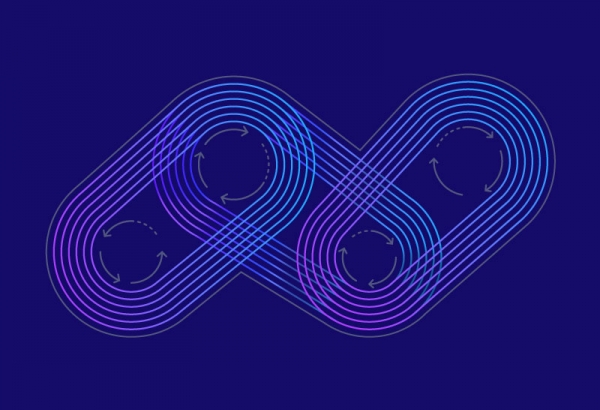With much uncertainty around what an evolving “new normal” looks like for healthcare organizations, enterprise decision support tools and capabilities will play an increasingly strategic role in evaluating volume trends, financial performance, and clinical outcomes across all dimensions of the business. This helps healthcare leaders across departments make the best decisions for their organization and patients.
To maximize the value decision support solutions can provide, healthcare organizations must focus and excel in four key areas:
- Introduce next-generation cost accounting capabilities
- Establish a platform that can scale to meet the needs of large enterprise organizations (Part 2)
- Deliver actionable and consumable data to a broader set of stakeholders (Part 3)
- Guide planning by evolving analytics from retrospective to predictive (Part 4)
This blog series will highlight what’s needed to excel in these areas, starting with advanced cost accounting.
While cost accounting is not new to healthcare finance leaders, many organizations recognize the need to improve this capability. A recent survey revealed that although 69% cited cost management and reductions as very important to fiscal health, only 37% of respondents said their cost accounting data is effective for driving cost improvement initiatives. Further, 82% said their organization should do more to leverage financial and operational data to inform strategic decisions.
Historically, the advancement of costing data was viewed as a highly time- and resource-intensive process. Today, next-generation cost accounting solutions provide the structures and tools to improve cost accuracy while also driving process efficiency and delivering accurate, actionable, and reliable data to stakeholders.
What’s Driving the Demand for More Accurate Patient-Level Costing?
To establish a more strategic costing function, organizations must first acknowledge what drives the demand for more accurate patient-level costing then determine where to focus efforts. The expectation to deliver more accurate and timely data is influenced by a variety of factors:
A more complex healthcare environment
Healthcare organizations continue to adapt and evolve to COVID-19 and other challenges, and in turn, costing solutions must accommodate changing cost structures and extend analytics across multiple lines of business, including hospitals, clinics, and health plans.
Increased engagement
As efforts to improve cost and quality of care continue, developing more accurate and transparent cost data increases buy-in from providers and operational leaders.
More inputs for cost modeling
Clinical and ERP systems provide greater access to more detailed information that can drive “true” costs into cost models.
A need for more sophisticated cost methods
Rigid legacy costing applications are being replaced by more modern tools with flexibility to incorporate more granular cost data into their models.
Defining Advanced Cost Accounting in Healthcare
In healthcare, costing models have historically utilized monthly data from general ledger systems to allocate dollars from overhead departments to direct patient care departments and then to activities within those departments — often measured via the hospital chargemaster. In volume-driven payment models, granular cost detail isn’t necessary.
What characterizes more advanced costing approaches is the ability to extend the model beyond the chargemaster. ‘Cost Items’ are used to associate more granular encounter-specific cost drivers into the model. As healthcare organizations become more complex, this granularity supports multiple lines of business and allows for accurate and efficient costing across the continuum of care.
Consider specific costs and rates associated with supplies and labor resources used within a surgical event, and how they can be passed into the cost model to develop accurate costs. By assigning these precise surgical cost inputs to an encounter, more detailed costs can be automated into the cost model — making the process more accurate and efficient.
Implementation Best Practices
For those looking to evolve the cost accounting function in your organizations, here are a few things to consider:
- Get the fundamentals right. Ensure the platform tools are in place to streamline and fully-automate the daily update of data into your decision support solution. This should include the ability to pass encounter-specific cost drivers into the model and easily reconcile against the general ledger every month. Efficient reconciliation is critical to establishing buy-in around costing results, especially in large multi-entity healthcare systems.
- Leverage cross-functional teams to implement changes. As new cost methods are evaluated, a cross-functional team can translate how data is captured and reflected in the care delivery process. This ensures any nuances in the data are understood and accommodated early in the process, therefore increasing the resulting costs' credibility.
- Measure twice, cut once. Don’t be afraid to try new approaches but be strategic — focus on an area where advancing the cost approach would be most impactful. Stay committed to delivering trusted results living by the motto “measure twice, cut once.”
Building a next-generation costing function will help organizations strengthen decision-making and optimize financial, clinical, and operational performance. But as cost inputs get bigger and healthcare organizations more complex, finance leaders need platform tools that bring all costing data together and make it accessible for stakeholders to inform strategic decisions.
Axiom™ Enterprise Decision Support leverages Microsoft Azure’s Hyperscale service tier to meet the scalability and flexibility requirements of large, complex healthcare organizations. Part 2 of this series will dive deeper into how a scalable decision support platform, such as Axiom, creates a hub to support data-driven decisions.
Read more from the series:

Strategic Decision Support, Part 2: Benefits of a Cloud-Based EPM Solution

Strategic Decision Support, Part 3: Deliver Actionable Data to Stakeholders


